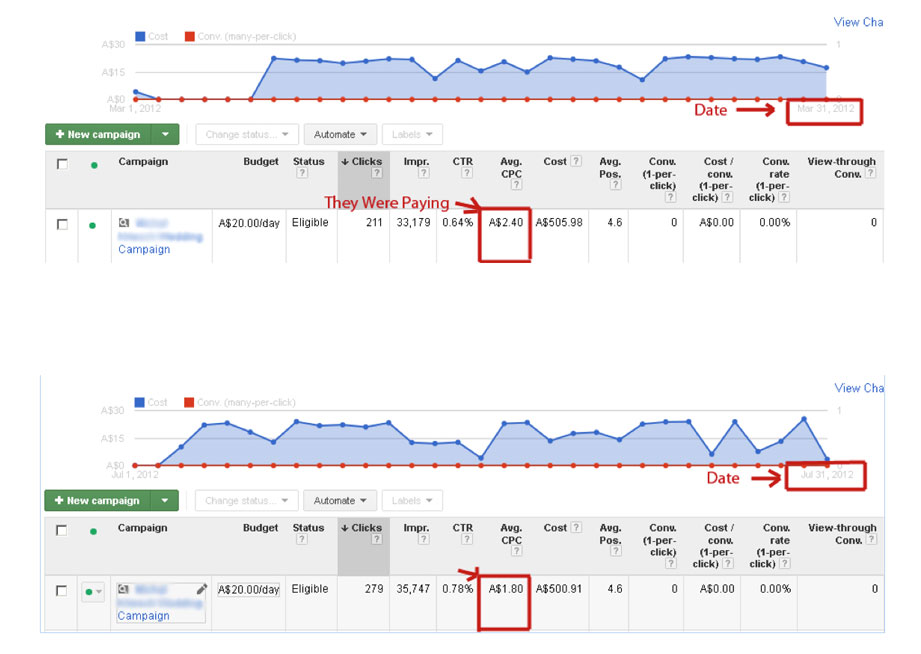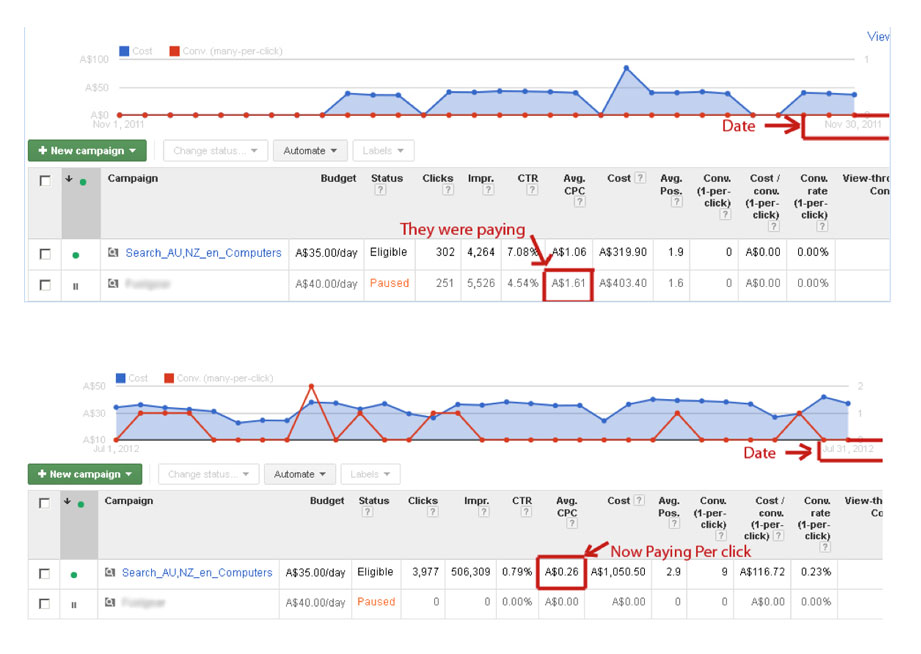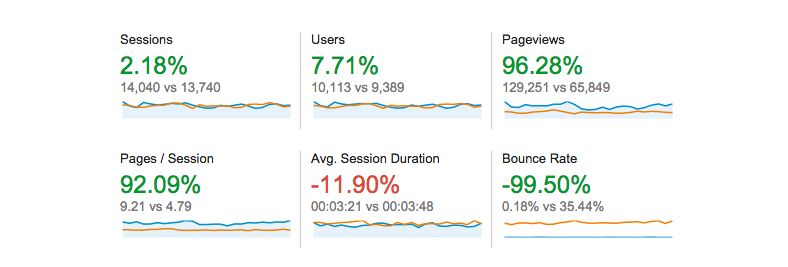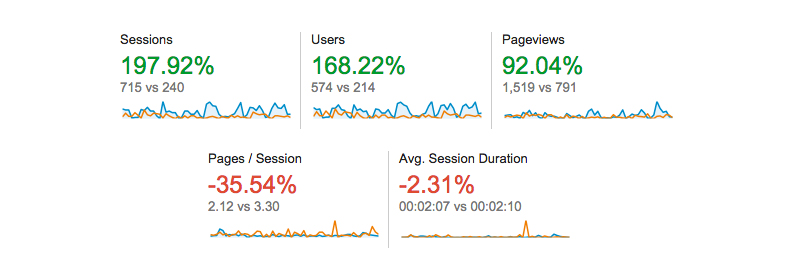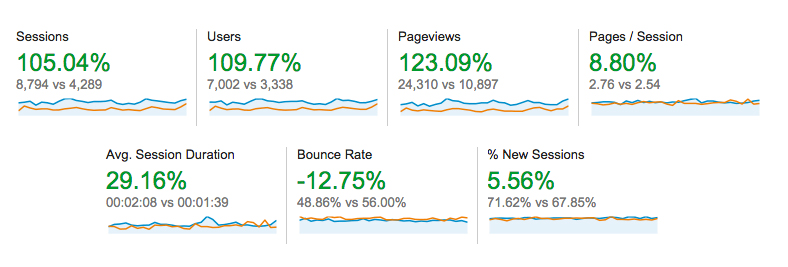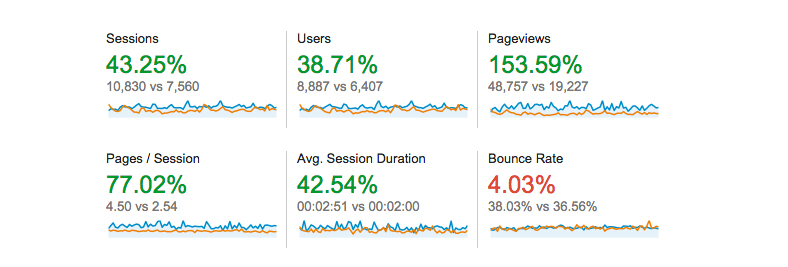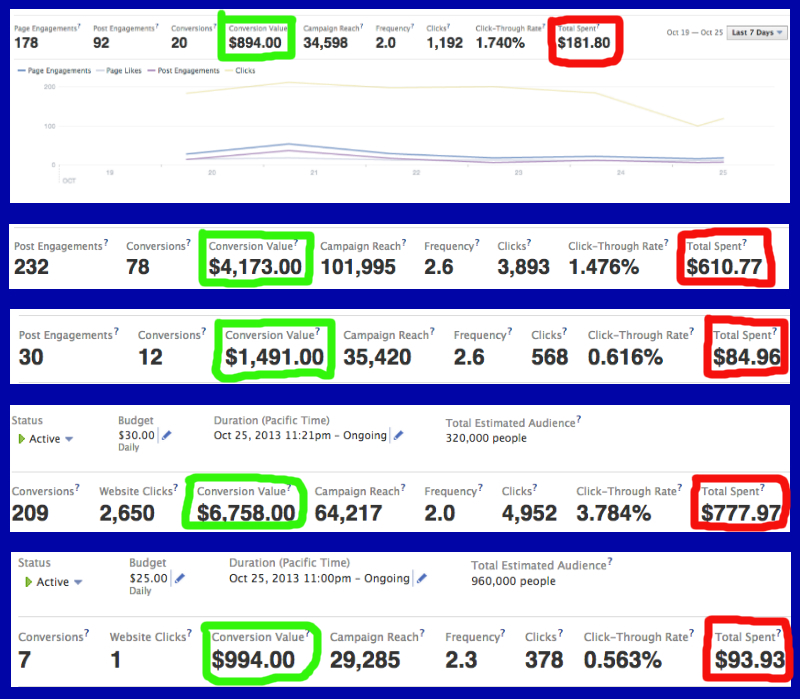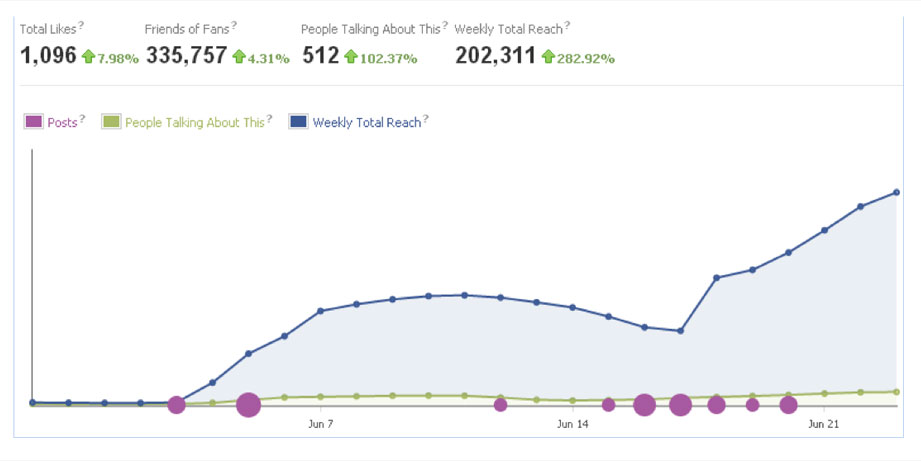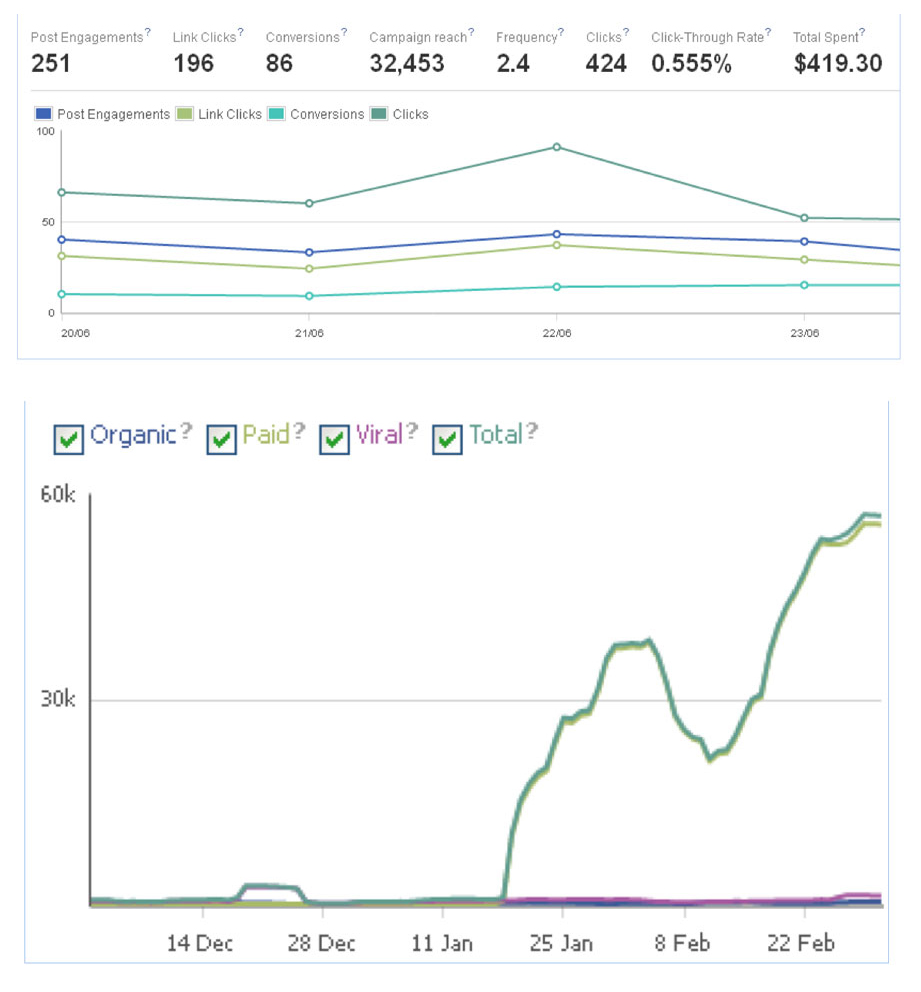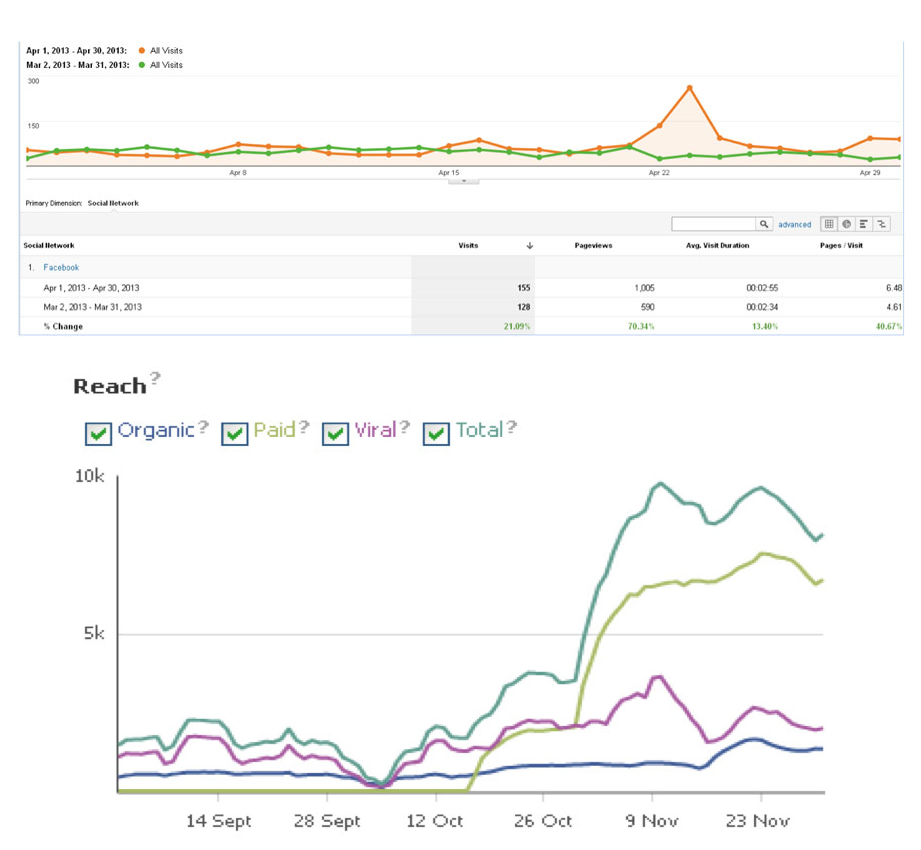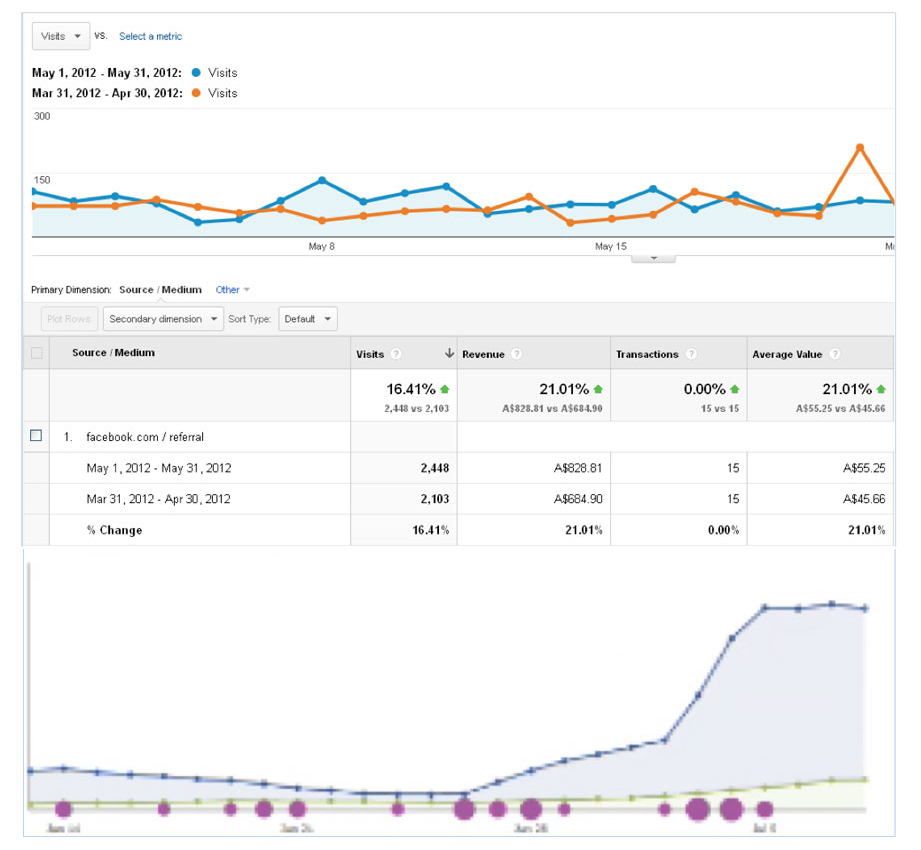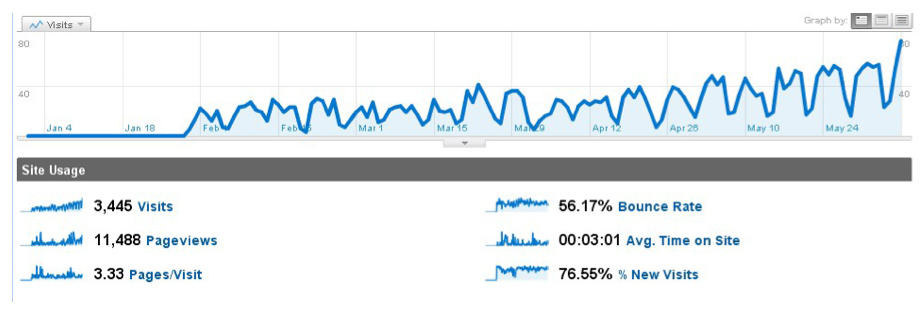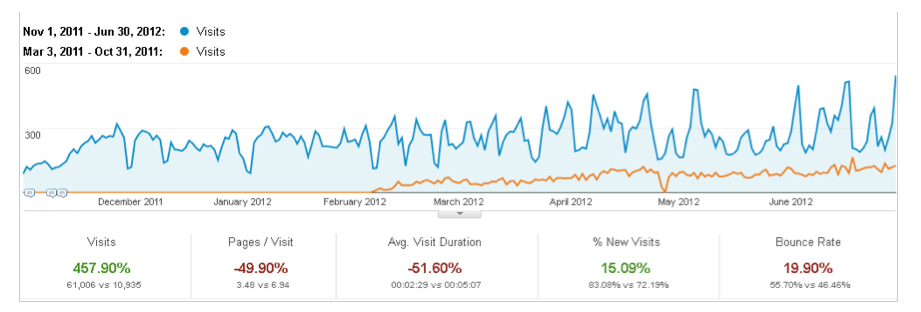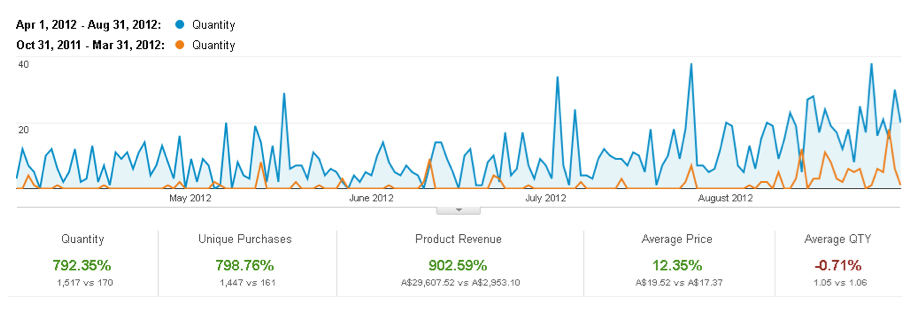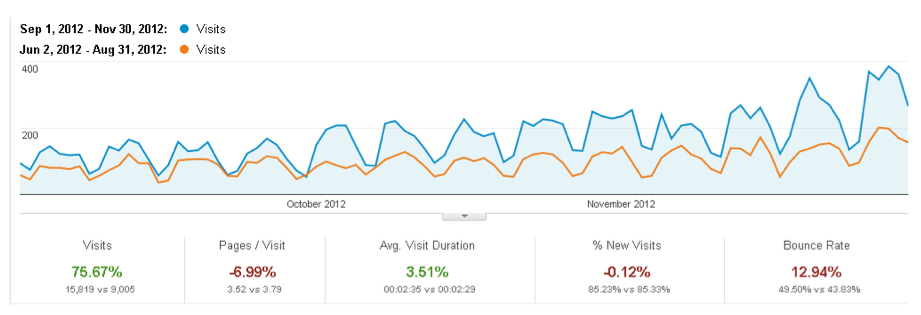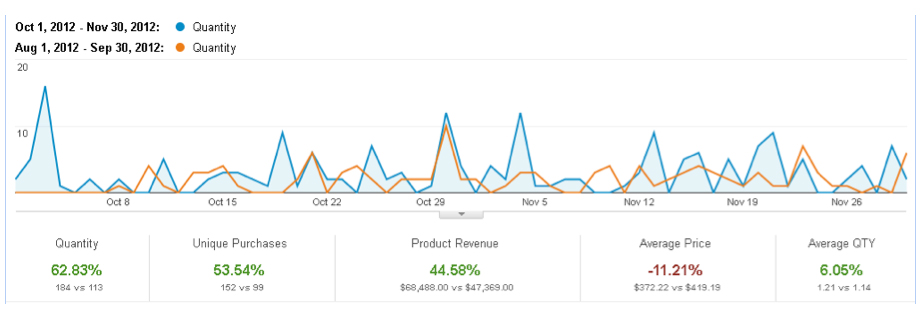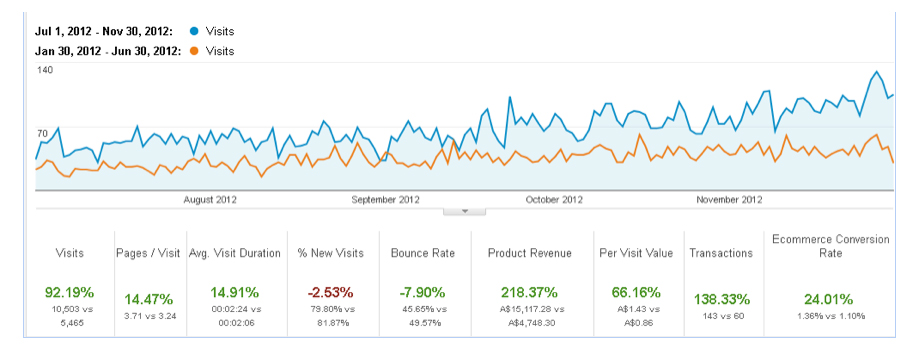Your website is the online salesman for your business. People will only engage with your site if they trust it, and if they trust the company behind it. A credible website design presents your business in a professional way that encourages visitors to check out what your business has to offer. Credibility can be broken down into three main factors:
- Trustworthiness
- Expertise
- Attractiveness
There are several techniques and web design elements you can use to establish these three factors. Increasing your website credibility translates into more customers, increased sales, and higher revenue for your business.
1. Professional Web Design
 People judge your business based on your website design. If you create your website yourself, and have no web design experience, you’re going to end up with poor end product. It only takes 5 seconds for a visitor to form an opinion of your website, and decide if they will leave or sick around.
People judge your business based on your website design. If you create your website yourself, and have no web design experience, you’re going to end up with poor end product. It only takes 5 seconds for a visitor to form an opinion of your website, and decide if they will leave or sick around.
Research shows that 38% of people will stop engaging with a web page if the layout is unattractive. If your website is going to inspire credibility and encourage users to explore your products and services, you need a professional and attractive web design.
2. Remove All Errors
You might think that no one really cares about the odd spelling error or poor use of grammar, but you couldn’t be more wrong. When a visitor spots an error on your website, they make one of two judgements.
You haven’t noticed the mistake, which means you lack attention to detail, or you have seen the error, but you haven’t bothered to correct it. One makes you look unprofessional, and the other that you don’t take any pride in your work – both damage your credibility.
Aside from text errors, broken links are another common web design issue. Whether an internal link or an external link to another website, if a user clicks a dead link, it damages your credibility. Conduct regular audits of your website links – repairing internal links and replacing external links, or deleting them entirely.
3. Clear Contact Information
Providing users a clear means of contacting you indicates there’s a real company behind the website, and it also makes it easier for potential customers to interact with your business. Anything you can do to encourage people to engage with you and take a step closer to becoming a customer should be a priority – 44% of users will abandon a website due to a lack of contact information.
More and more people use their smartphones to access websites and research businesses. That’s why a mobile-friendly web design is so important. Including a button so that users can call you with a single tap can be a great way to improve mobile user experience and encourage users to contact you.
4. Fresh Content
Keeping your content up-to-date shows visitors that you’re an active and vibrant company. If you post high-quality content, you can even position your company as an authority in your niche.
Fresh content doesn’t mean you have to rewrite your entire website every two weeks. It could mean updating product reviews and testimonials, curating relevant industry news, or posting articles on your own company blog.
Whichever way you choose to keep your website content fresh, make sure you do it regularly. Internet users place more trust in sites that regularly update their content.
5. Staff Photos
Internet users are wary of anonymous websites. They want to see the people behind your business and may think that you are trying to hide something. If you don’t show your photo, people will assume you don’t stand by your website, and that you might not stand by your products and services either.
6. Reviews And Testimonials
People look for validation in what other people think when they make purchasing decisions, with 93% of online consumers reading product reviews. Social proof is the term that describes this psychological trait. Amazon has become the biggest online retailer in the world by harnessing product reviews and social proof in their web design- 63% of people are more likely to purchase from a website with user reviews.
Enabling users to leave reviews on your website allows potential customers to read unbiased opinions and increases the trust they place in your website – even negative reviews aren’t fatal and can actually improve your credibility and authenticity.
The modern consumer wants to make informed purchasing decisions. Never underestimate website visitors, and never put up fake reviews or testimonials. When a user gets suspicious about the authenticity of a review, the whole credibility of your business is in question.
7. Comprehensive Product Information
If you sell products directly from your website, you need to to provide detailed information for every product that you offer. This information can include:
- Multiple product pictures
- Product video
- Sizes
- Colours
- Dimensions
- Weight
You should aim to make it as easy as possible for your customers to make a purchasing decision. If you force visitors to seek out external resources to find out about your products, you damage your credibility and expertise.
8. Guarantees
Offering customer guarantees increase the credibility of your website. Why?
Because it takes away the risk involved for the customer, establishing trust. A money-back guarantee reassures customers by highlighting your confidence in your products and services. Your products must be of acceptable quality if your willing to stand by them.
While warranties and guarantees may vary on each product, you should make your refund policy absolutely clear to potential customers.
9. Lazy Stock Photos
Authenticity is crucial for establishing trust and credibility through web design. Internet users are increasingly more adept at spotting generic stock photos – they damage your credibility and scream “fake” to your website visitors. Research from Nielson Norman Group reveals that people find detailed photos far more attractive than standard stock photos.
Those cheesy stock photos of a smiling handshake will damage the authenticity of your website. If user questions your authenticity, they will question your credibility.
10. Don’t Go Overboard
According to Magicdust, experienced web developers Sydney, it’s essential to balance the credibility elements used in you web page design. Cramming in too much can have the opposite effect on users. If your web design is screaming “I’m legit! Trust me with your cash!”, your visitors are going to be suspicious of your motives.
Moderation is key. Identify the credibility elements that your visitors find most appealing, and give those elements priority in your web page design.
Conclusion
A professional, error-free, and attractive website design is crucial for establishing credibility. Not only does it help instill a sense of trust, but it also does a great job of showcasing your products and services to your potential customers. While these web design techniques are tried and tested best practices, some may not be relevant to your particular industry and business objectives.
Your website is part of your online marketing strategy. As with all marketing activities, testing is crucial. Experiment with different credibility web design elements, making changes one at a time. Track and measure your web page metrics to optimise the credibility of your website and present your business in the best possible light.




